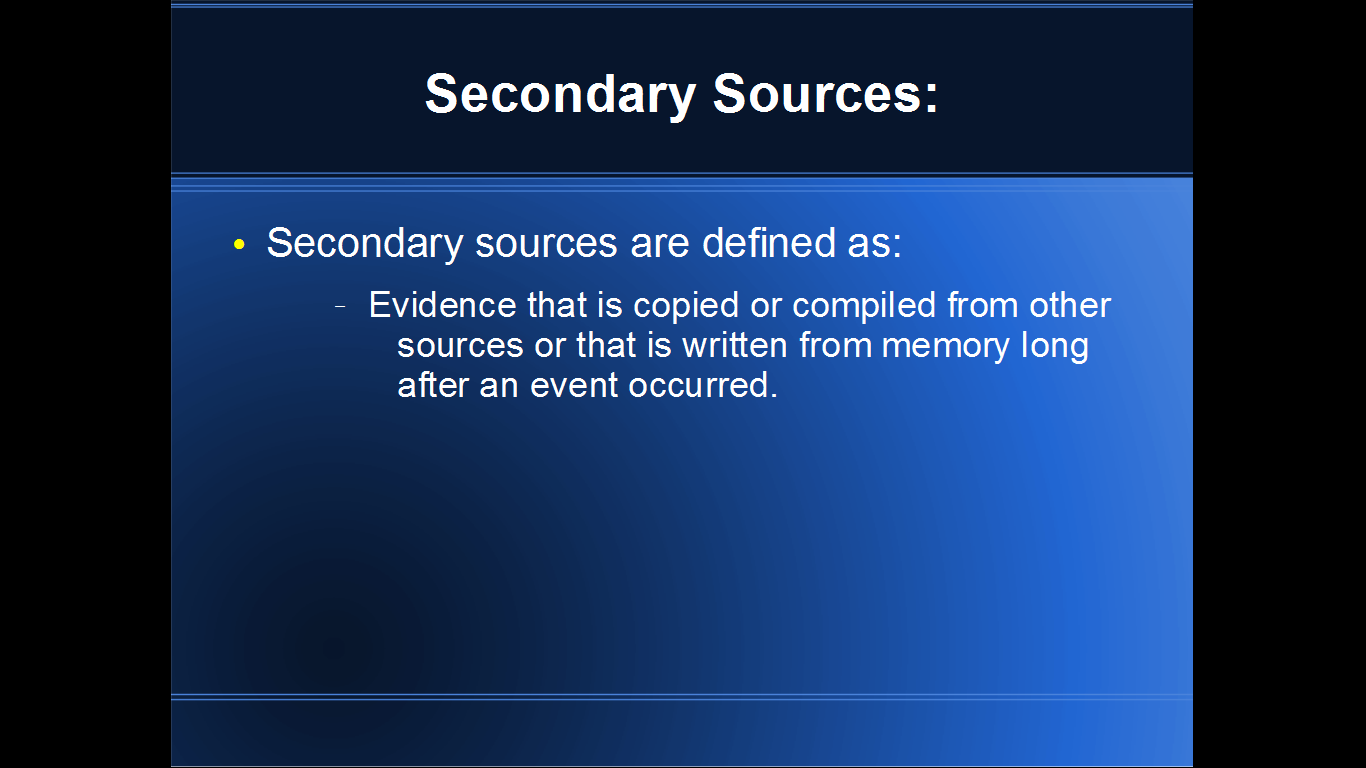I want to thank everyone who attended the class. It was a pleasure to work with all of you again.
OK, in today's class we covered, Understanding Sources.
Following is the presentation that was shown.
______________________________
The last question is important to keep in mind when looking at prepared genealogies or family histories. Remember the story I told you about the Coat oF Arms fad that went through Provo. Those were come to find out not accurate.
We talked about Primary Documents which can be original documents or will lead us to the original documents.
This is my draft registration...or my grandfather's draft registration. Note that my grandfather could not sign for him because he was ill, so his father signed for him instead.
Declarations of intensions which were done when a person imigrated to the US. They may have signs a Declaraton of Intention, declaring that they will no longer follow the ruler, king, or president of the country they came from. During their life times this was good for 7 years, in which time they should become a US Citizen.
Remembrance Cards are commonly given at the furneral of someone, especially in the East. Some are very beautifully decorated, and some are even guilded. Below (not shown in the class) are some with art...
Again, these are Primary Sources, as well as Obituaries...
Secondary Records. Remember that when I started with doing Mr. Libertini's family history, all of his sources were secondary, but they lead us to the Primary Sources.
Remember one of the reason we want to find original sources are so our work counts!
So, are the Dead Sea Scrolls Primary or Secondary Sources............
Secondary-they were written long after the occurance.
Secondary-they were written long after the occurance.
Remember that all genealogies and family histories are considered secondary sources which can help lead you back to the original or primary sources.
Remember, we don't worry about the format of how you list a source. Then primary reason for you listing or citing, or typing, or writing your source is so that you can go back and find the source again if you or others need to.
Here is the example for the class...
See how I started off with the date that I found the source, then stated who I found, then what I found out about this individual, and finally the location of the file in Iowa, but also in FamilySearch . That way if I need to find the original document, I can find it.
Next we reviewed the forms we were using to work with sources.
______________________________
At the end of the class, we took and found sources for
John Edward Dove from Sister Gundry's line...
In this example we found both of this man's wives, and know from Sister Gundry that he had 11 children and two wives. What I would like to do is use this example in the class next Sunday to reinforce what we have learned so far... from putting someone with their family in FamilyTree, and starting to look at what merging is.
Shirley Hewitt also brought with her sources that are not in FamilyHistory from Canada, and was curioius how we would put them in. We will also look at those in the next class period.
Again, please bring the names of the people you are working on so we can help you get them into Family Search.
Thanks again. May the Lord bless all of you for your efforts and dedication to his work.
Brother Joel H. and Sister Julie S. Du Mond
____________________________________________________________________________________________
Addendum to Understanding Sources, here is the page from FamilySearch that shows how Create a Source using their format. Each field gives you an example to follow. Notice there is no strict format. Just put in the information so you, and anyone who is looking at your research, will be able to locate your sources.





















No comments:
Post a Comment